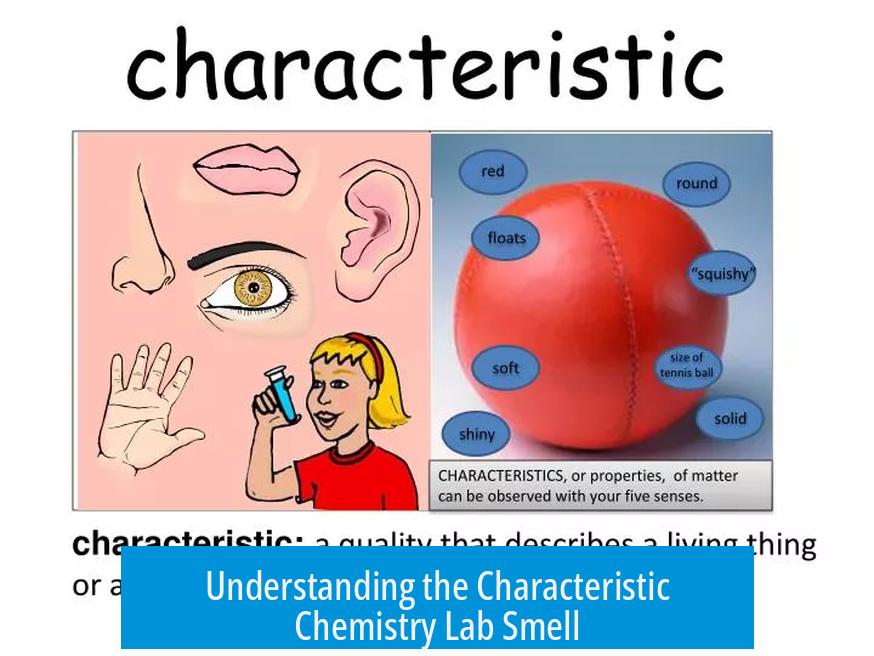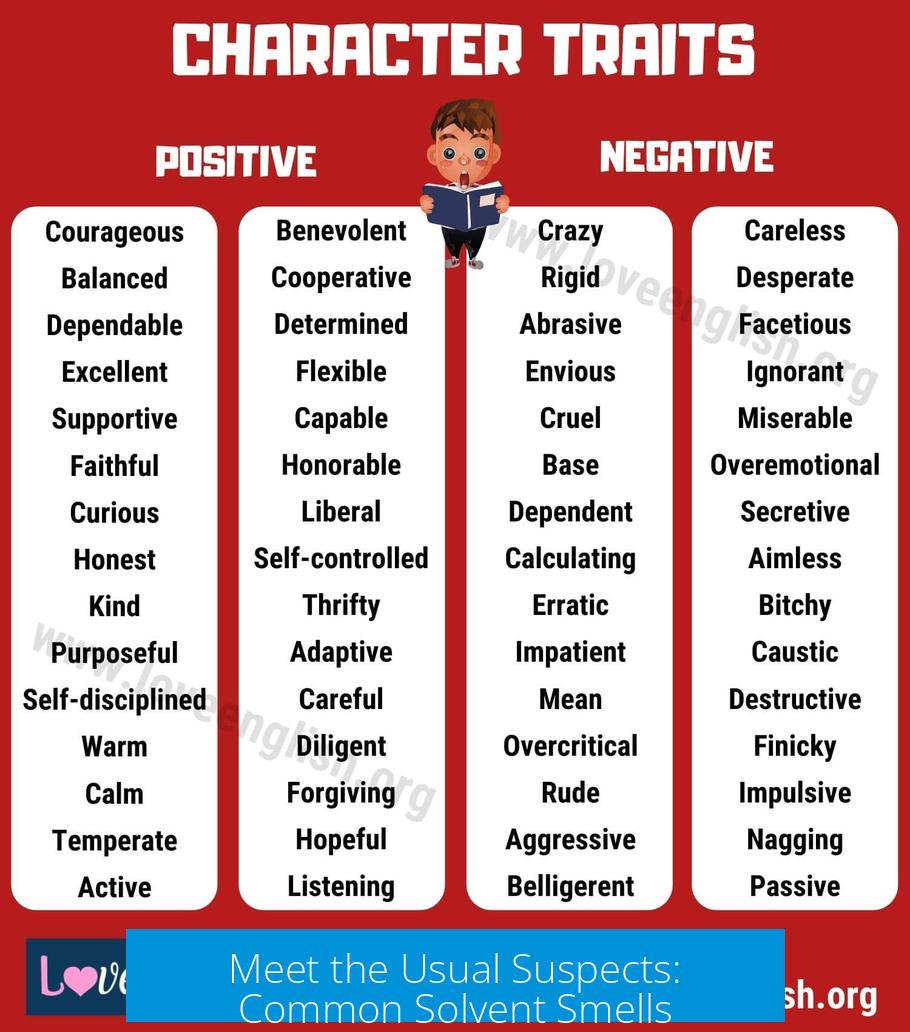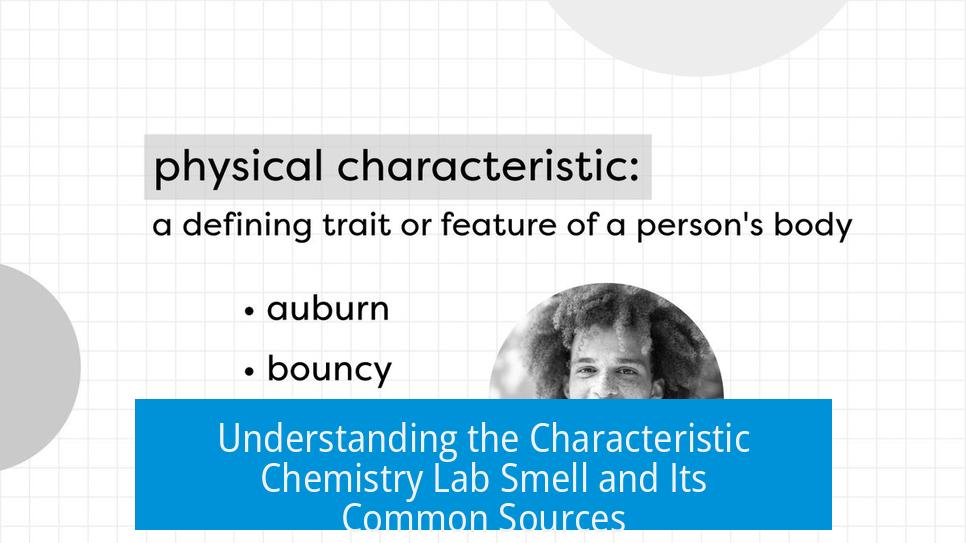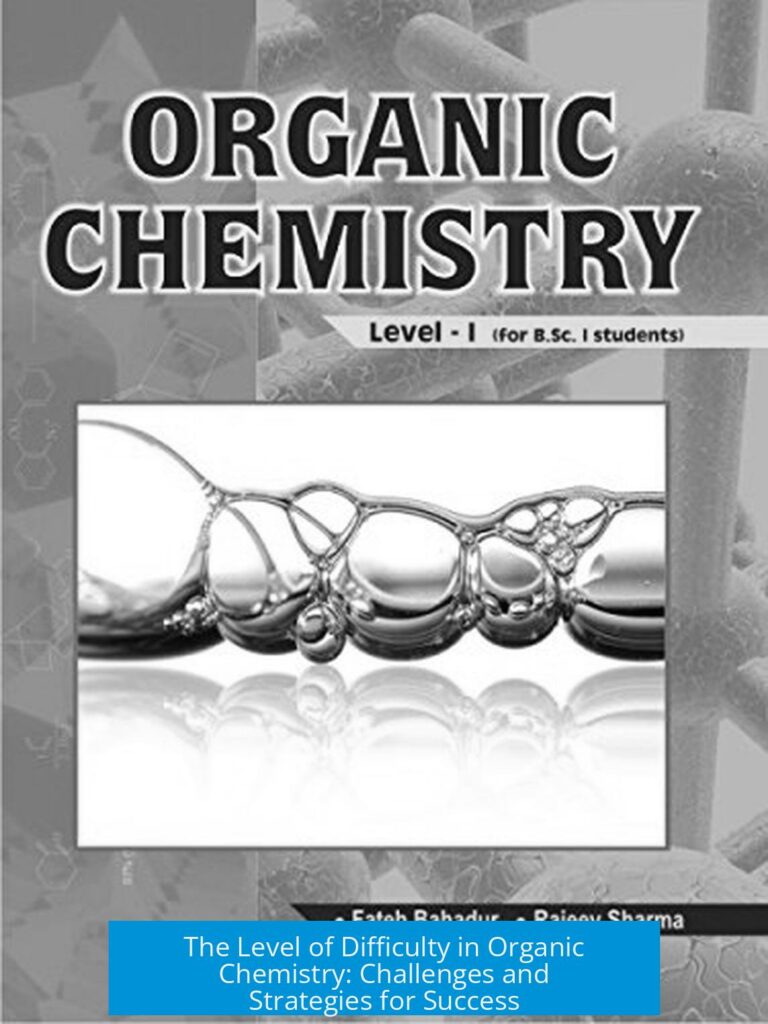Understanding the Characteristic Chemistry Lab Smell

The characteristic “chemistry lab” smell arises from a complex mixture of chemical vapors, mostly due to solvents used commonly in labs such as acetone, ethyl acetate, and diethyl ether, along with occasional contributions from esters and sulfur compounds. This blend creates the familiar, often fruity or sharp odor associated with chemical laboratories.
Why Chemistry Labs Smell
Most chemistry labs contain multiple volatile compounds, many with distinctive odors. These come together to produce a unique but not single scent. The prevalent smell mainly originates from solvent vapors released during cleaning or experimental processes.
Ideally, labs should not have any noticeable odors as fume hoods and ventilation systems prevent vapors from spreading. If a lab smells strongly, it usually means these safety systems are not functioning optimally or solvent use is excessive outside containment.
Main Sources of Chemistry Lab Odors
- Solvent Vapors: Acetone is the most recognizable solvent smell due to its frequent use for glassware cleaning. Other solvents such as isopropyl alcohol (IMS), ethyl acetate, diethyl ether, and chlorinated solvents like dichloromethane contribute to the mixed scent.
- Esters: Fruity odors, like the banana-like smell of isoamyl acetate, often arise from ester compounds used or formed in synthesis.
- Sulfur Compounds: Labs working with sulfides emit smells reminiscent of garlic, burnt wood, or rotting garbage, adding a pungent layer to the general lab aroma.
Additional Notable Odor Descriptions
The chemistry lab scent can vary widely depending on the chemicals in use. Common descriptions include:
- A mixture of stale isopropanol and benzene odors.
- Sharp, pungent smells from chemical residues in lab fridges.
- Occasionally unpleasant notes reminiscent of dirty socks or sweat, often due to accumulated minor contaminants.
Summary Table of Typical Lab Smells

| Source | Typical Odor Description | Common Chemicals |
|---|---|---|
| Solvent Vapors | Fruity, sharp, solvent-like | Acetone, ethyl acetate, diethyl ether, IMS |
| Esters | Fruity, banana-like | Isoamyl acetate |
| Sulfur Compounds | Burnt wood, garlic, rotting odors | Sulfides and related chemicals |
| Other Mixtures | Dirty socks, stale alcohol, pungent sweet | Isopropanol, benzene mixtures, lab residues |
Key Points
- Chemistry lab odors are multi-component, mainly from solvent vapors.
- Acetone is the dominant scent due to frequent use in cleaning.
- Fruit-like esters and sulfurous compounds add complexity.
- Proper ventilation and fume hood use should minimize odors.
- Persistent smells usually indicate poor lab safety or maintenance.
What Is the Characteristic “Chemistry Lab” Smell?
Imagine stepping into a chemistry lab and catching a distinct smell—a curious blend you just can’t put your finger on. That “chem lab” smell is usually a mix of several chemical compounds, mostly vapors from solvents used daily. In other words, it’s not just one smell but a cocktail of many, each telling a bit of the lab’s story.
Now, before you picture mad scientists brewing stinky potions, here’s a refreshing fact: a well-maintained chemistry lab should not have any smell at all. Thanks to fume hoods and proper ventilation, odors are meant to stay locked away. So if you catch a whiff of something, it’s usually a sign that tiny amounts of solvent vapors are escaping despite safety protocols. Let’s dive deeper.
Why Do Chemistry Labs Smell in the First Place?
The bulk of chemistry lab odors come from solvents—liquids that dissolve other substances. These solvents evaporate easily, sending vapors wafting in the air. Experiments happen under fume hoods, which suck away the smell and protect the chemists. But cleaning solvents are a different story.
People clean glassware with these solvents often. A drop here, a spill there, perhaps dribbles into the sink or onto the bench surface—over time, this builds up a faint but noticeable odor. So your nose picks up on the residues left behind after countless washings.
Meet the Usual Suspects: Common Solvent Smells

- Acetone: Easily the loudest voice in the “chemist choir” of smells. Acetone is used extensively for cleaning and evaporates quickly. It gives a sharp, sweet scent. Ever noticed how nail polish remover smells? That’s your acetone!
- Ethyl Acetate and Diethyl Ether: These add fruity notes to the air. Diethyl ether especially brings a sweet, almost banana-like aroma but also a slight chemical edge.
- Chlorinated solvents: Like dichloromethane or chloroform, these sneak in subtly. They contribute a lighter, somewhat medicinal or sweet-smelling undertone.
Blend all these vapors together, and you get that often slightly fruity, strange but oddly familiar smell that many recognize as a chemistry lab odor.
Is It Really Fruity? Meet the Esters!
Here’s a fun science twist: some smells in labs can actually come from esters—a class of compounds known for fruity aromas. For example, the smell of bananas often comes from isoamyl acetate. Sometimes during experiments or as byproducts, esters waft through the air, giving the lab that odd but pleasant fruitiness amid the chemical haze.
Not All Smells Are Sweet: Sulfur, Burnt Wood, and Other Odd Odors
But not every lab smells like candy land. Some chemists, especially those working with sulfur compounds, describe the odors as a mix of burnt wood, sulfur, or even rotting garbage. Picture the smell of strong garlic or bleach—that pungent, eye-watering type of stench. Those working with sulfide chemistry often report these less-than-pleasant odors hanging in their workspaces.
On the lighter and somewhat comedic side, some describe lab smells as “dirty socks and farts” 😉. Is that charming or alarming? Well, it shows how subjective smell can be, and how complex the chemical mixtures in labs really are.
The Stinky Fridge Phenomenon
If you’ve ever been near a chemistry lab fridge, you might have noticed a distinctive sickly sweet, pungent smell. That’s usually due to tiny leaks or evaporating chemicals stored inside. It’s a specific brand of “lab bouquet” that every scientist seems to recognize—both loved and hated.
Why Should You Care About Lab Smells?

Smell isn’t just a quirky sensory experience—it can also be a safety signal. Excessive solvent vapors in the air indicate poor ventilation or spills that should be cleaned properly. Long-term exposure to some solvent vapors poses health risks, so labs use fume hoods to keep air safe and clean.
So the *characteristic* lab smell might be fascinating, but a properly run lab should be odor-free. If you detect strong smells, it’s a good idea to check equipment, ventilation, or cleaning procedures. Sometimes those scents tell a story you don’t want to ignore.
The Takeaway: Can You Really Pin Down the Chemistry Lab Smell?
To sum up, the “chemistry lab” smell is less about one chemical and more about a complex mixture. The dominant scent often comes from solvent vapors like acetone or ethyl acetate with fruity esters adding their notes. Sulfur and burnt wood characteristics emerge in specialized fields, creating diverse sensory profiles.
Yet, despite what movies may show, labs ideally don’t smell much at all! Good lab practice means capturing these vapors before they reach your nose. So, the next time you wander into a chemistry lab, and your nose twitches with that familiar blend, remember: It’s a subtle mix of science, safety, and a splash of daily cleanup rituals.
Quick Tips for Those Working in or Visiting Chemistry Labs
- Respect the Fume Hood: Always keep it on and working properly. It’s your best friend for controlling smells.
- Clean Spills Immediately: Don’t let solvents linger on benches or floors. Wipe them to reduce vapor build-up.
- Store Chemicals Properly: Keep lids tight, especially on volatile solvents to minimize evaporation.
- Ventilate Equipment Areas: Make sure fridges and storage spots have some airflow to prevent “lab bouquet” overload.
And if you’re just curious, take a deep breath next time you enter a lab. What do you smell? Acetone sweetness? Fruity esters? Or something more sulfurous? That nose detective work can give you clues about the fascinating chemistry happening behind the scenes.
What causes the typical “chemistry lab” smell?
The smell is usually a mix of vapors from various solvents. Common contributors include acetone, ethyl acetate, diethyl ether, and chlorinated solvents. Cleaning solvents left on surfaces often release these odors into the air.
Why do some labs smell fruity, like bananas?
Fruity smells come from esters. Isoamyl acetate, for example, smells like bananas and is common in some chemical reactions or solvent mixtures.
Is it normal for a chemistry lab to have a strong or unpleasant odor?
A well-maintained lab should not have strong odors. Proper use of fume hoods and cleaning reduces smells. However, labs using sulfur compounds or certain chemicals can emit smells like burnt wood or garlic.
Why does acetone smell stand out in labs?
Acetone is widely used for cleaning glassware. Its high volatility and frequent use make its smell especially noticeable in many labs.
Can the smell in a chemistry lab indicate poor safety practices?
Yes. Persistent or strong chemical odors often signal improper ventilation or failure to use fume hoods. Good protocols keep labs mostly odor-free.





Leave a Comment